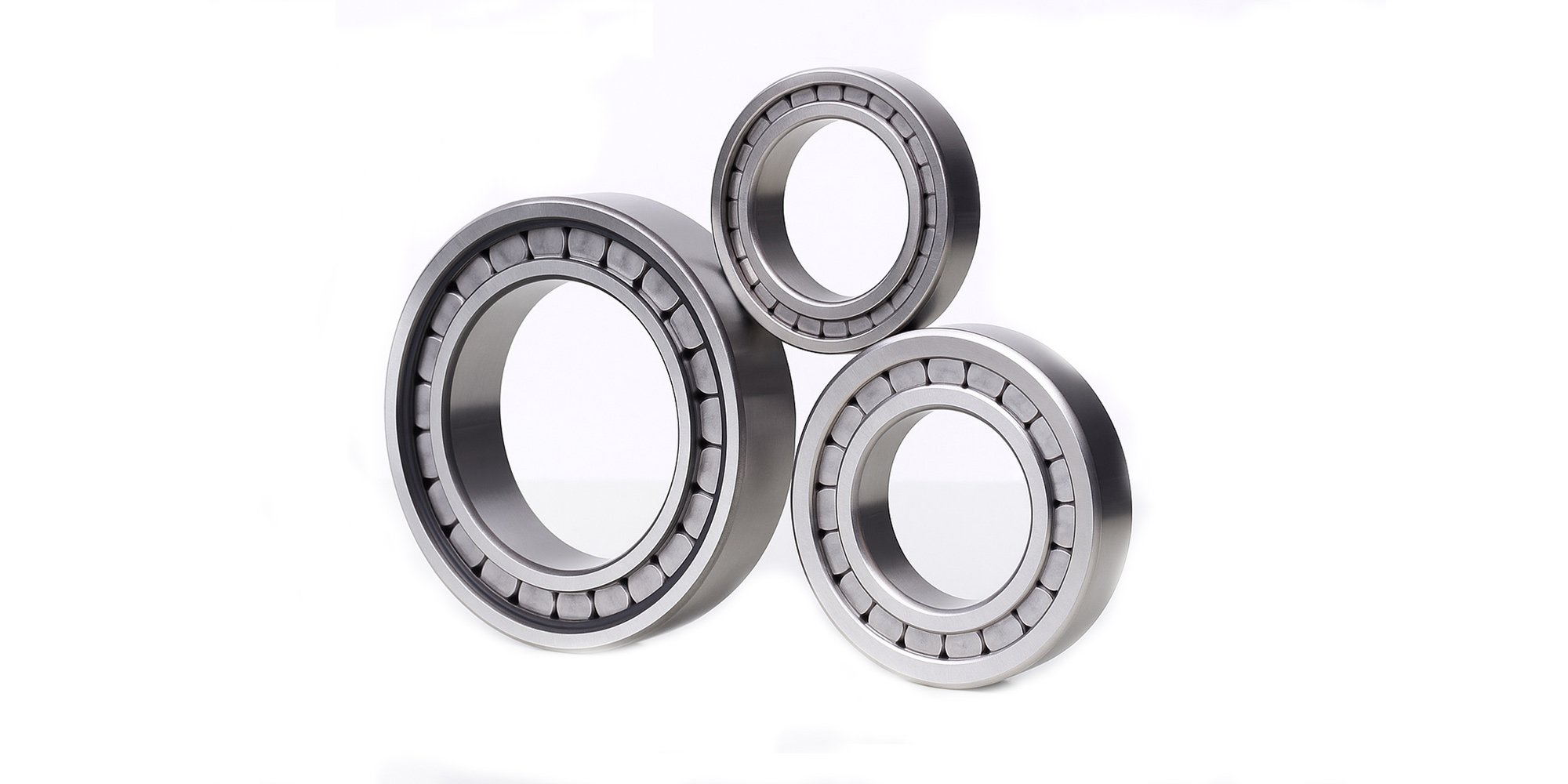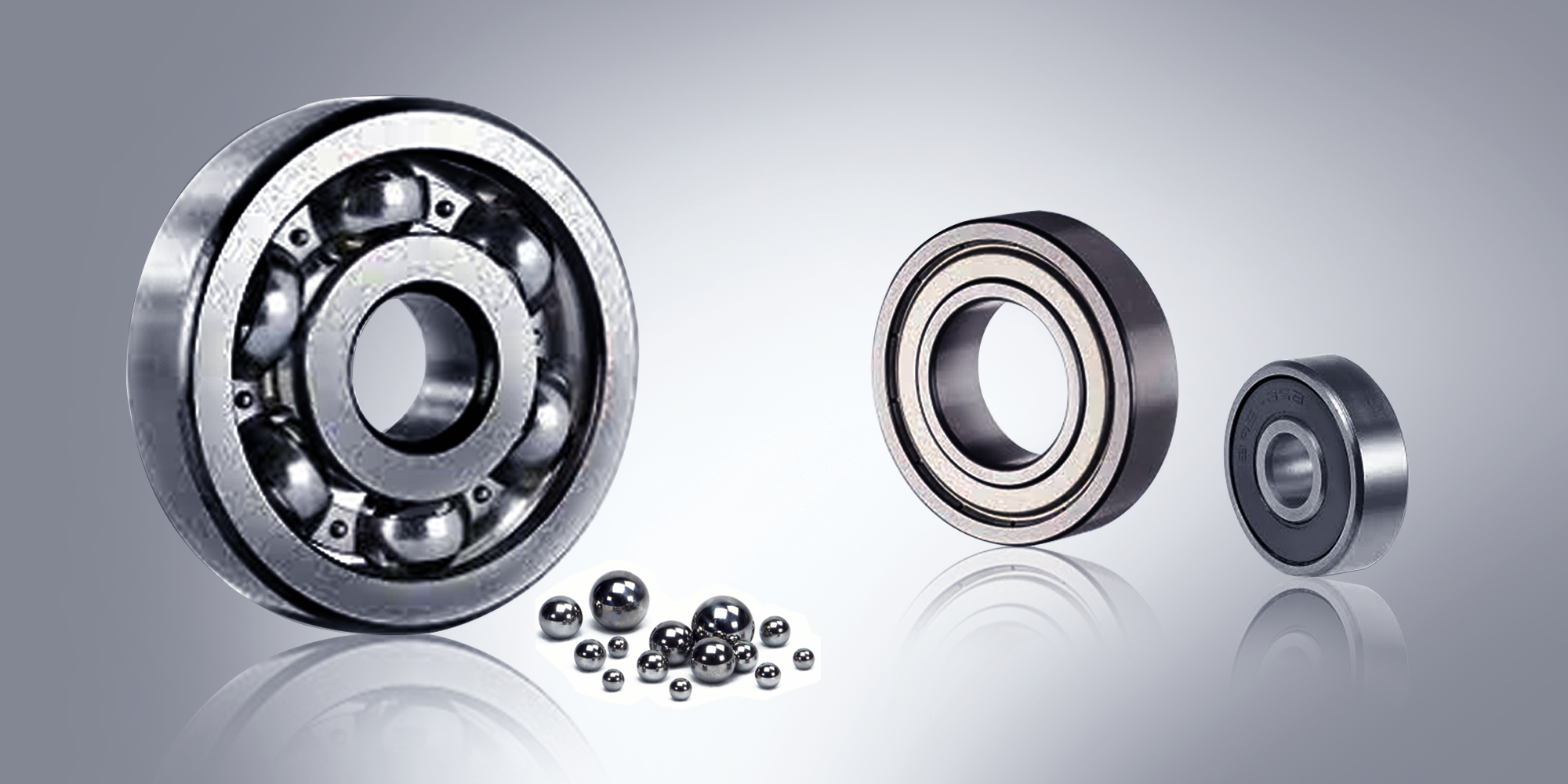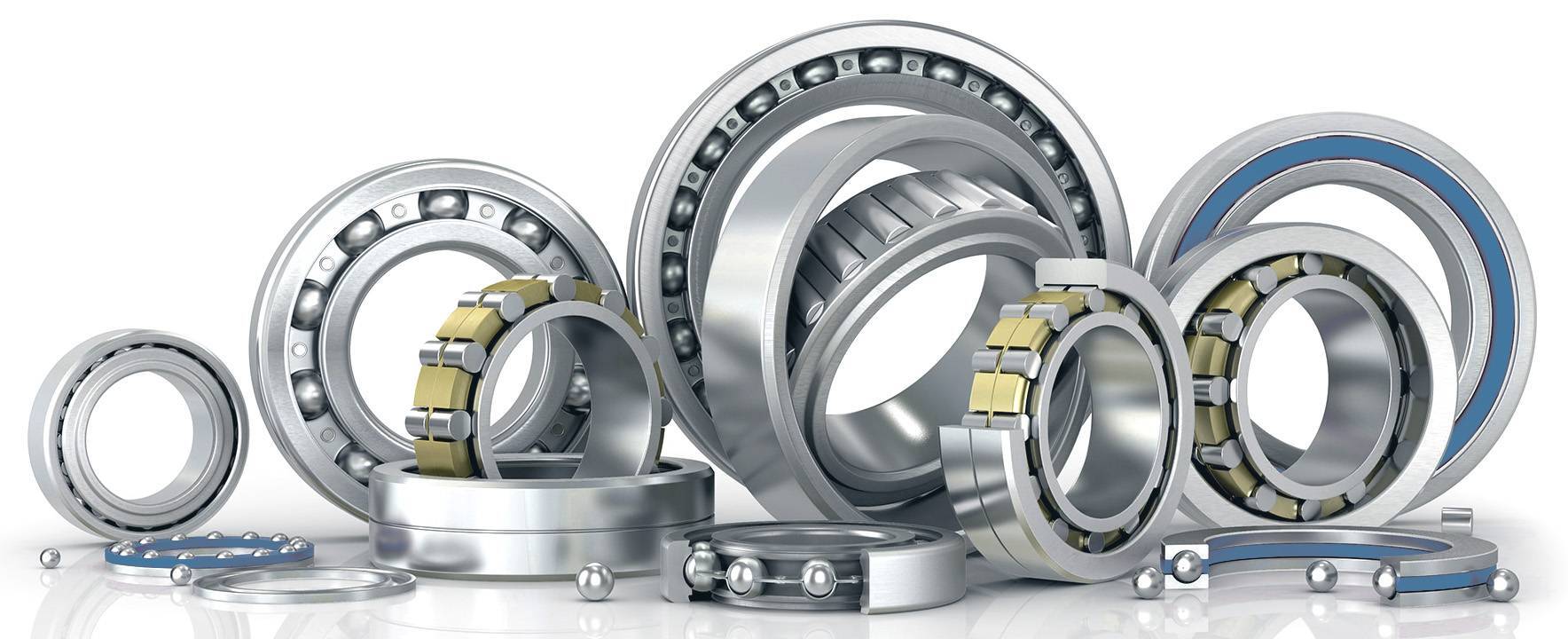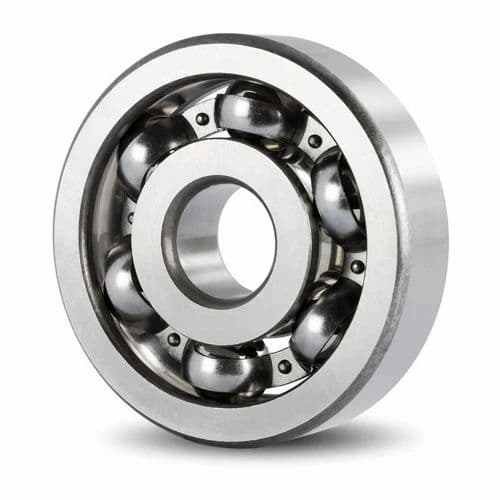608 Bearing: Everything You Need to Know
In the complex and detailed world of mechanical systems, bearings are essential for ensuring smooth rotation and movement of various components. ...
3 min read
Erik : Aug 18, 2025 1:37:00 AM

Full complement bearings are often overlooked in the assembly of bearings. Unlike rubber seal, steel seal, open type, and UG bearings that we are familiar with, full complement bearings offer a unique set of advantages and disadvantages. In this article, we will delve into the benefits and limitations of full complement bearings.
Full complement bearings are a type of rolling-element bearing that is designed to contain the maximum number of rolling elements, without using a cage or separator between them.


Full complement deep groove ball bearings are designed without a cage, allowing more balls to be included and thus providing a higher load capacity. This design makes them suitable for heavy-load applications where high speed is not a priority. However, their increased ball count results in higher friction, necessitating regular lubrication and maintenance.

Full complement bearings offer several benefits over other types of bearings and are a frequently customized bearing. Here are some of the advantages of using full complement bearings:
Full complement bearings are designed to have more rolling elements than standard bearings. As a result, they have a higher load capacity, making them ideal for heavy-duty applications. When compared to deep groove ball bearings, the dynamic load of a full complement ball bearing can be up to 45% higher, while the static load can be up to 45% higher as well.
For instance, The common deep groove ball bearing, 6203ZZ, has a dynamic load of 9550N and a static load of 4800N. With grease lubrication, it can handle speeds up to 171000rpm, and up to 201000rpm with oil lubrication. Alternatively, the crowded ball bearing, 6203 Full Complement Bearings, offers increased load capacity, with a dynamic load of 14000N and a static load of 7000N. While it is limited to 2000rpm with grease lubrication and 3000rpm with oil lubrication, it eliminates the problem of load capacity. In summary, Full Complement Bearings are a solution for handling heavy loads.Similarly, the 608 Full Complement Bearing, a variation of the popular 608 bearing, offers enhanced load capacity due to its full complement design. This makes it suitable for applications requiring higher load support within compact dimensions.

They can achieve a higher radial load capacity within the same space, making them ideal for applications with limited radial space.
The larger number of rolling elements increases the bearing's contact area, distributing the load more evenly and enhancing lifespan under heavy load conditions.
The simpler design without a cage can be more cost-effective in terms of manufacturing.
They are better suited to absorb shock loads due to the increased number of rolling elements.
They are particularly effective in applications where high load capacity is required at lower speeds.
With more rolling elements in a full complement bearing, the load is distributed more evenly, resulting in better durability. This makes full complement bearings ideal for applications where high loads are present.
Since full complement bearings have no cages or separators, there is more space for lubricant, which provides better lubrication. The lack of a cage also means that there is no friction between the cage and rolling elements, which reduces wear and tear.
Although full complement bearings offer several advantages, they also come with some disadvantages. Here are some of the drawbacks of using full complement bearings:
One of the major disadvantages of full complement bearings is that they have limited speed capabilities. Without a cage or separator to guide the rolling elements, they can become misaligned, leading to reduced speed and premature failure. Therefore, full complement bearings are not recommended for high-speed applications.
With more rolling elements in a full complement bearing, there is increased friction between the elements. This can lead to increased heat and wear, reducing the overall lifespan of the bearing. One way to mitigate this is by using ceramic bearings, as ceramic materials have lower friction coefficients compared to steel, which can help reduce heat generation and wear.
Full complement bearings have holes in the inner and outer rings that hold the rolling elements in place. At high speeds, the rolling elements can become stuck in these holes, leading to dead clamping and premature failure.
Full complement bearings offer several benefits, such as increased load capacity, better durability, and improved lubrication. However, they also have some disadvantages, such as limited speed capabilities, increased friction, and dead clamping. Therefore, full complement bearings are best suited for heavy-duty applications where speed is not a primary concern.

In the complex and detailed world of mechanical systems, bearings are essential for ensuring smooth rotation and movement of various components. ...

Importance of Bearings in Mechanical Systems Bearings are crucial for smooth and efficient motion in mechanical systems, while reducing friction,...

What is a 6203 Bearing? The 6203 bearing is a deep groove ball bearing from the 6000 series. This series is known for its versatility and durability.